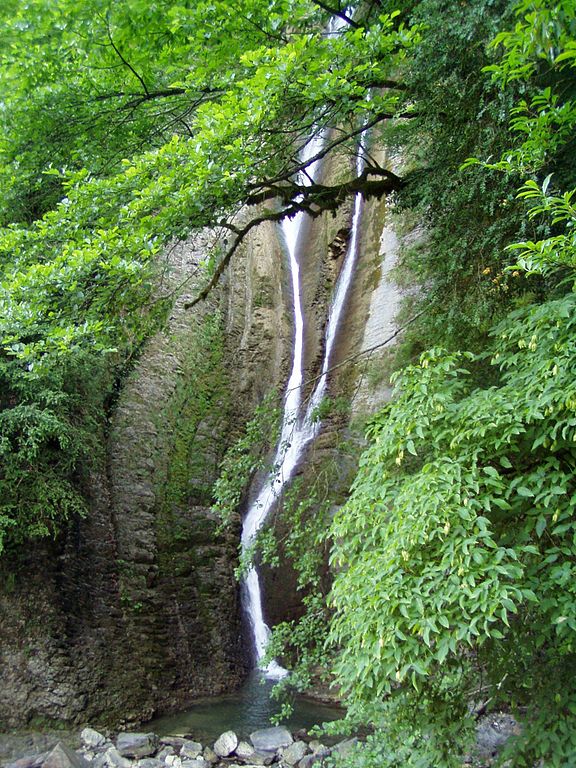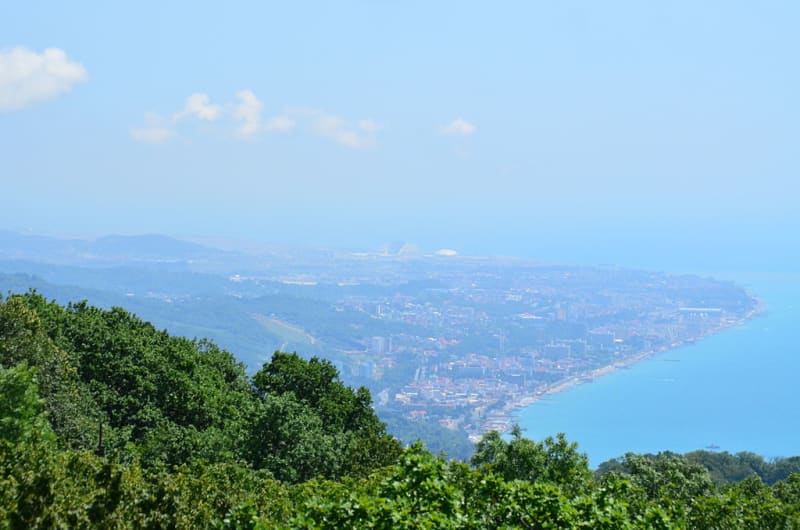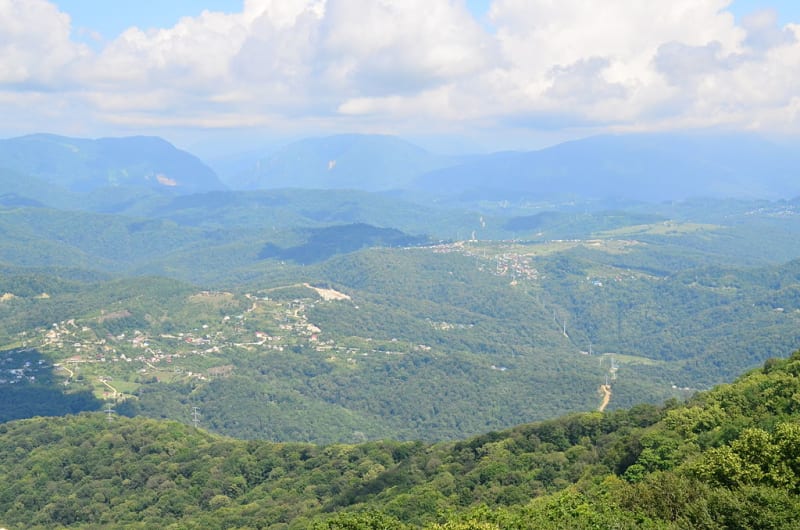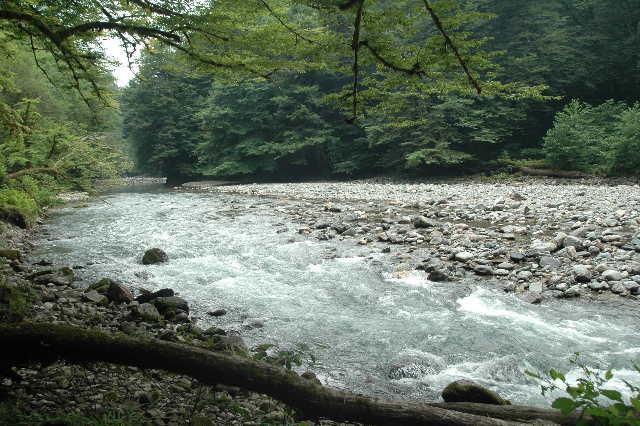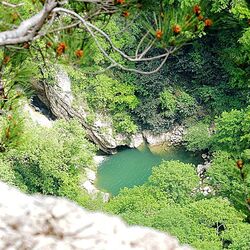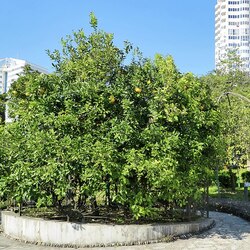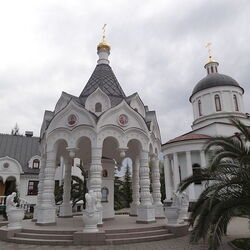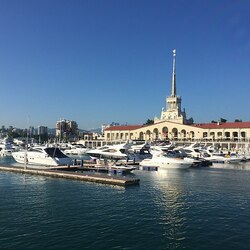Sochi National Park
Sochi National Park was established in 1983 in order to protect the unique natural complexes of the Black Sea coast of the Caucasus from destruction and to use them for recreational, environmental, and scientific purposes. The territory of this park is located on the southern part of the slope of the Greater Caucasus, on the territory of Adler, Lazarevsky, and Khostinsky districts of the Krasnodar Territory, on the Black Sea coast. Right next to the national park is the Caucasian State Biosphere Reserve, as well as one of the largest Black Sea resorts in Sochi.
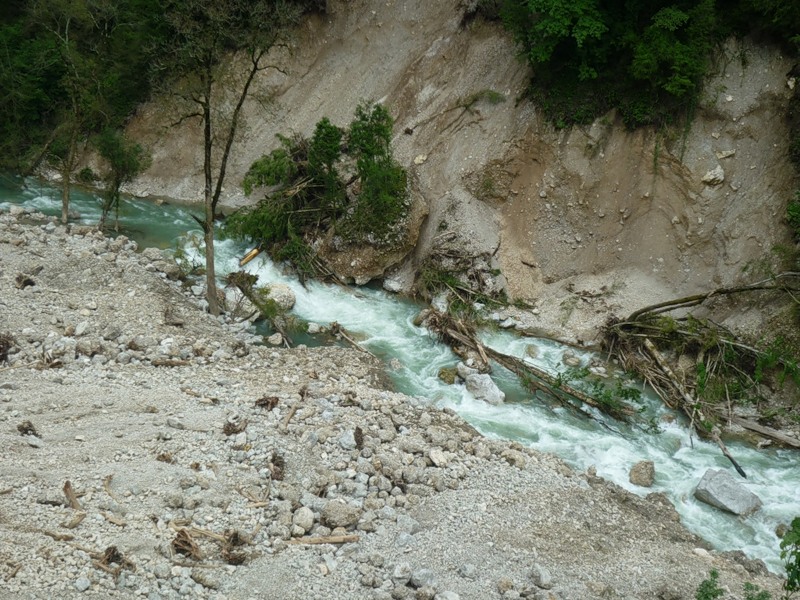
The total area of Sochinsky National Park is 1,937 km2, all lands are under the order of the National Park. Of these territories, 1,800 km2 are covered by forests. There are about 15 botanical natural monuments located throughout the park. Such monuments include the Pitsunda pine, the Colchian boxwood, beech-oak stands, oriental beech, yew-leaved pseudotsugas, evergreen redwoods, and evergreen corkbills. There are 9 complex monuments on the territory of this park, including areas with typical mid-mountain landscapes, geological formations, river valleys, karst massifs, gorges with waterfalls.
Geological monuments are limestone massifs along with caves, as well as underground rivers, karst cavities. The largest geological monument in the Caucasus is a cave system called Vorontsovskaya. There are only 4 water monuments here: Agura waterfalls, Orekhovsky and Nameless waterfall. In addition, there are about 80 territories in this park with quite valuable zoological and botanical objects. There are 114 cultural and historical monuments throughout the park, including from the Early Paleolithic to the Late Middle Ages: settlements, parking lots, remnants of fortresses, tombs, medieval temples, dolmen groups, and burial mounds.

A huge part of Sochi National Park is covered with forest, of which about 94% is occupied by hardwoods. Of which about 41% are fluffy oak, Georgian rock, and Colchian boxwood – 1.4%, Gartvis – 24.5%, chestnut – 13.6%, hornbeam East and Caucasian – 8.4%, sticky alder and black – 3.3%. Acuminous and common ash grow on a small area, as well as Trout-Fetter maple, platanolist, beautiful, field and false-planthorn, common aspen and warty birch.
Coniferous species also grow in the forest, approximately 93% of the territory is occupied by Nordman fir, the rest is common spruce, hooked pine and Pitsunda. About 819 varieties of ferns and plants belonging to 62 families and 269 genera have been registered in the Sochi National Park. Among the main species, the most are cereals, compositaceae, umbelliferae, cloves, legumes, rosaceae, and sedges.
The uniqueness of the history of the Caucasus has led to the development of a large number of endemics, which in the park account for about 20% of the total wildlife of Sochinsky Park. Of the endemic species that can not be found anywhere else, it is worth noting the Severtsov's turkey, Caucasian black grouse, Prometheus mouse, ulavka, white-headed barn owl, Caucasian red deer. In the park, you can easily find roe deer that live in beech forests. There are also a large number of other animals in the park: bears, squirrels, lynxes, martens, foxes, forest cats, wolves.
The favorable climate, a large number of natural and historical monuments, and a unique wildlife have made Sochi National Park the most visited in Russia.

